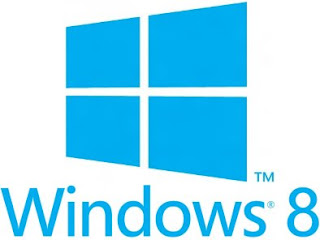logo+member+android
Pages
29 December, 2012
14 December, 2012
How to create your own file hosting server for free in 9 steps
 Create your own file hosting server for free where you can host your own file to use it later. It is very useful when you face problem when you were using some external file located on other server and after sometime that file is no longer available to use. In that case you can upload it to you own hosting server and use it. You are not required to pay a single penny like other paid sites.
Create your own file hosting server for free where you can host your own file to use it later. It is very useful when you face problem when you were using some external file located on other server and after sometime that file is no longer available to use. In that case you can upload it to you own hosting server and use it. You are not required to pay a single penny like other paid sites. Here you can upload any type of file (PDF, EXE, JPEG, JS, HTML, CSS, MUSIC etc. etc.). If you feel any problem to upload then try in zip format.
Its free, secure and reliable. You can set access permission also for files. So lets learn how to use it.
09 December, 2012
Windows 8 Shortcuts Guides by Digitzz

A comprehensive Windows 8 Shortcuts Guides by Digitzz powered by it's author Ravindra Gupta.
26 November, 2012
How to Speed Up Your Computer with USB Flash Drive as Virtual Memory

Did you know you could increase the system performance of your computer with the help of a USB thumb drive? You can allocate storage space from your flash drive to the system for times when your RAM (physical memory) is used to its capacity.
Rather than stashing data on a slow hard drive, Windows can use the much faster flash memory to read / write data (virtual memory) and free up RAM. This will considerably enhance the responsiveness of your system.
Rather than stashing data on a slow hard drive, Windows can use the much faster flash memory to read / write data (virtual memory) and free up RAM. This will considerably enhance the responsiveness of your system.
Let's show you how...
Windows Vista and Windows 7
The feature is called ReadyBoost. You can access it through the properties menu of your thumb drive. Go to > Start > Computer and scroll down to > Devices with Removable Storage. Now right-click onto your thumb drive and select > Properties from the menu.
Windows Vista and Windows 7
The feature is called ReadyBoost. You can access it through the properties menu of your thumb drive. Go to > Start > Computer and scroll down to > Devices with Removable Storage. Now right-click onto your thumb drive and select > Properties from the menu.
In the properties window, switch to the > ReadyBoost tab. Here you can either dedicate the entire device to ReadyBoost or just reserve some space for system speed. Click > Apply to save the changes and wait as ReadyBoost configures your cache.
Under > Computer you will subsequently see the blocked out space.
In case you decide to reserve only part of the thumb drive‟s capacity, you can use the remaining space to store data. Windows 7 can handle up to eight flash drives and a total of 256 GB of virtual
memory.
Pl Note
Not all flash drives have the "required performance characteristic" to work with ReadyBoost. You will see a respective message if that is the case.
Windows XP
With a slightly different method, you can achieve the same system enhancement in Windows XP. Here is a brief walkthrough.
Go to > Start and right-click on > My Computer. Select > Properties and switch to the > Advanced tab. Under > Performance click > Settings… switch to the > Advanced tab and click > Change…
This last window lists your entire virtual memory. This is where you can allocate additional space. Select your thumb drive and click > Custom size. Take the number listed under > Space available and substract 5 MB. Enter the resulting number under both > Initial size (MB): and > Maximum size (MB).
Click > Set and > OK to save your changes, close all other windows, and reboot your system. Avoid removing the thumb drive to prevent damage. Windows XP supports a maximum of 4096 MB in additional virtual memory.
Powered by Ravindra Gupta
Visit Author on Google+
Subscribe to:
Posts (Atom)







